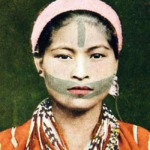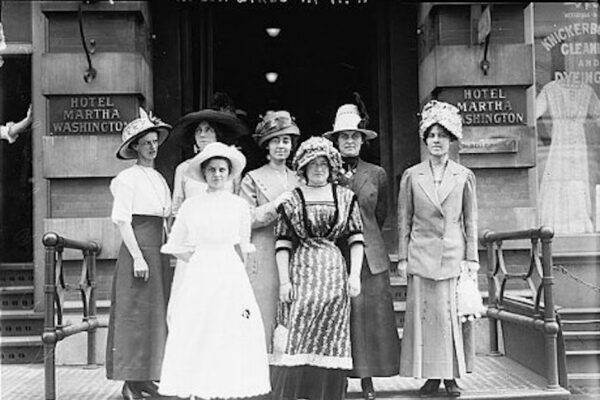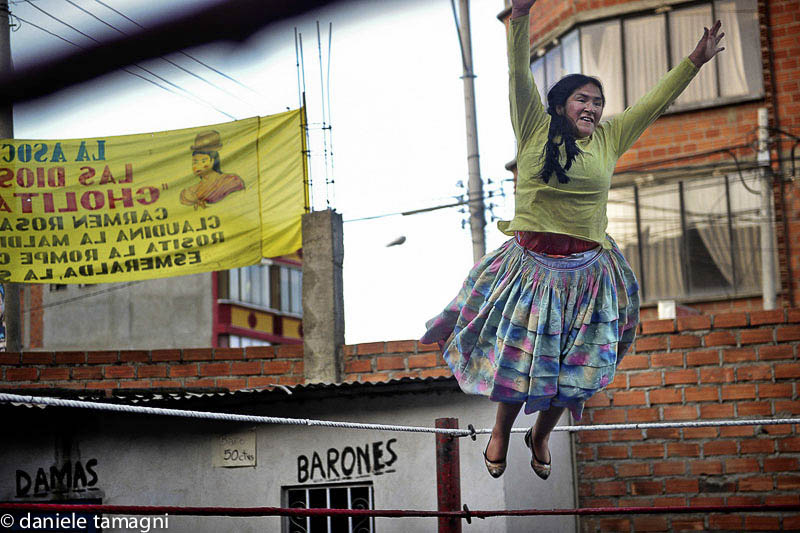
Fashion and wrestling are two things you wouldn’t expect to be put in the ring together, but in Bolivia, they make fierce opponents– or should I say, allies?
The elaborate but uniquely sartorial outfits worn by the indigenous women throughout the Andean highlands of Bolivia have captured the eye of many a traveler, myself included. They are known as Cholitas, once a derogatory term for poor country women, now an embodiment of cultural pride and artistic expression. But while you might be charmed by their unique fashion choices, there’s another lesser-known side to the cholita lifestyle that hasn’t yet made it into our travel books.
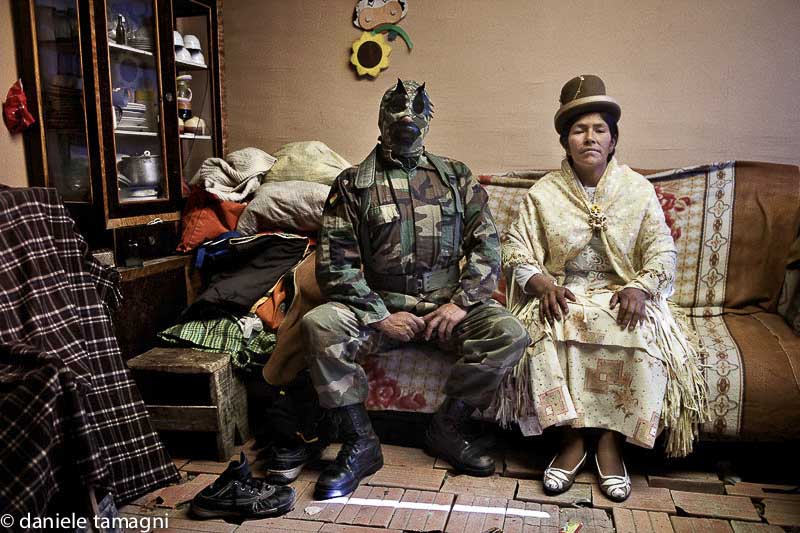
Daniele Tamagni, the Italian photographer who famously documented the subculture of the Congolose dandies in his book, “Gentlemen of Bacongo,” travelled to La Paz, Bolivia in 2011 to discover a relatively new subculture of women wrestlers he calls “The Flying Cholitas“.
Inspired by America’s WWF and Mexico’s famous lucha libre, one of Bolivia’s most favourite sports “looks like a circus show with a mix of tragedy and comic choreography” writes Tamagni. “Ten years ago this sport was exclusively for men but recently the women, the cholitas, have become involved as fighters. Many of them are wives and daughters of wrestlers. During the week they tend to their family and their businesses doing different jobs.”
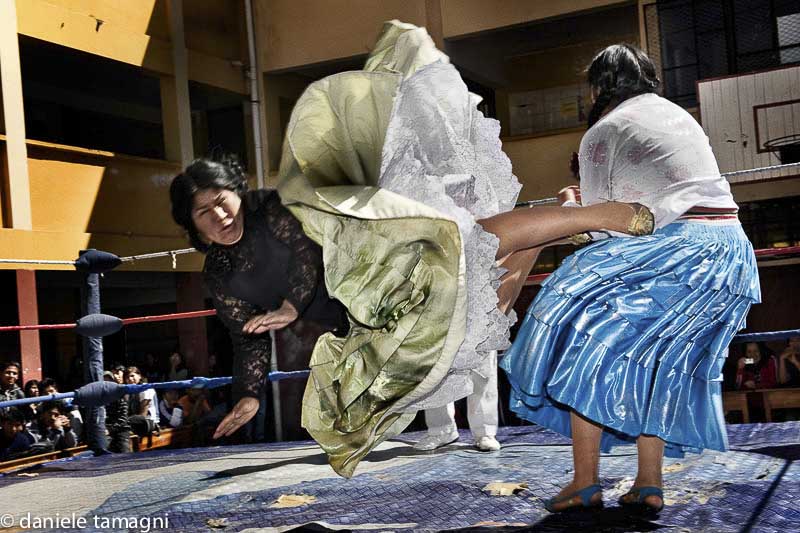
But every Sunday, these wives, mothers and daughters perform to crowds of hundreds who pay a $1 entrance fee to witness one of the most bizarre yet empowering displays of sportsmanship, possibly ever. Dressed in their traditional puffy, multi-layered skirts, long braided hair down to their waist and don’t forget the bowler hat, the cholitas turn into fighting machines, flying through the air from the ringside, toppling on to their opponents who can be either male or female.
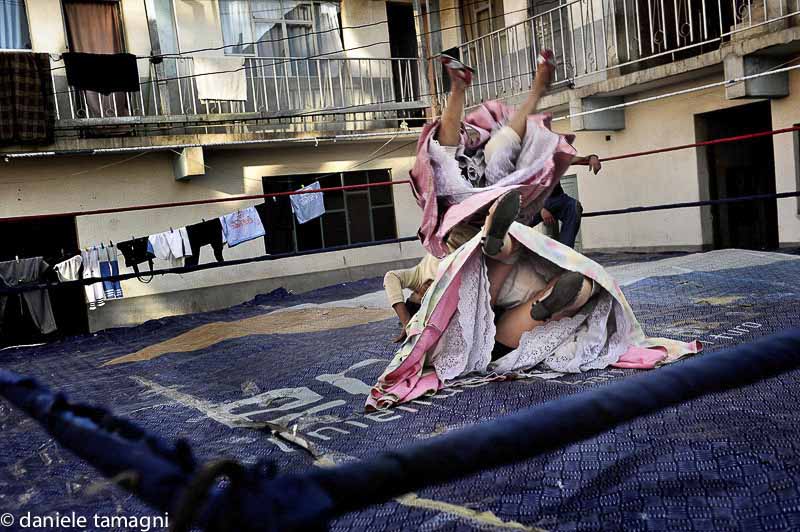
Tamagni reckons that their fan base (which is considerable) is largely made up of those who identify or connect with women who fight husbands or other women. But of course the kids enjoy the show too.
The idea of including female wrestlers first came about when the president of a local team, Titans of the Ring, wanted to attract more publicity. Since then, the female wrestlers have branched out and formed their own wrestling associations in neighbouring cities around Bolivia. The subculture is growing and gives a whole new (kinda badass) identity to the flouncy skirt and bowler hat-wearing women of Bolivia.
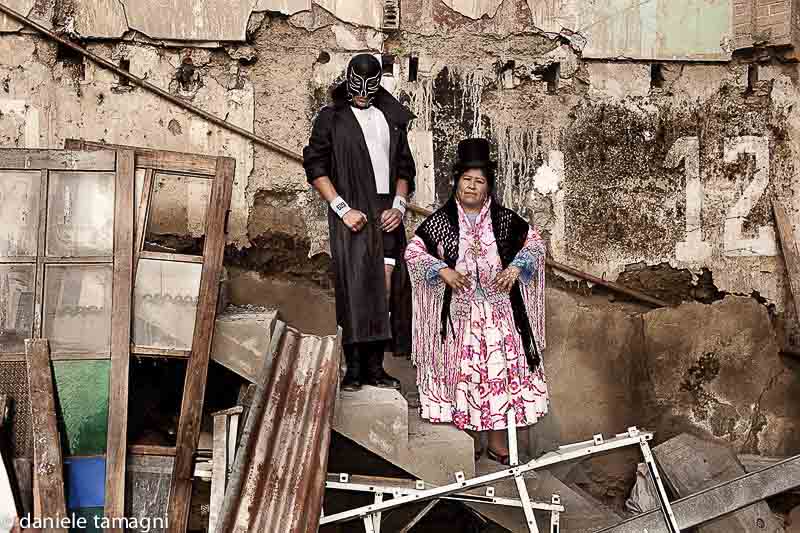
And while we’re on the subject of their outfits again, perhaps it might be worth sharing a few anecdotes about the origins of Cholita style. Its roots go back as far as the Spanish Inquisition in the Americas, when the indigenous people were forced to adopt the European dress of their colonial rulers. But rather than becoming fashion victims of their oppression, Cholitas made their own adaptations to the European clothing of the era to suit their local customs and climate.
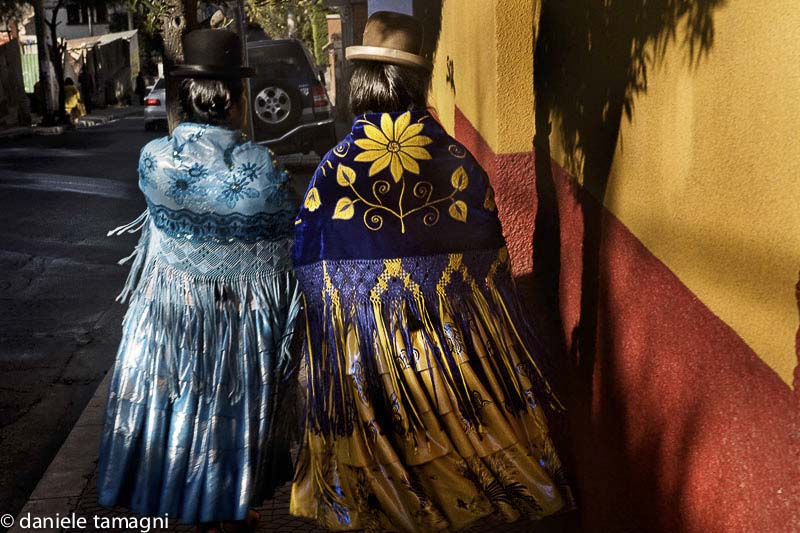
The pollera was originally a Spanish peasant skirt that the colonial authorities forced indigenous women to wear, but instead of the European ankle boots to match, women now choose flat shoes with a rounded toe, similar to a ballet flat, revealing the ankles, considered to be the most attractive part of a woman in Bolivia. As for the famous bowler hat, it signifies the marital status of Cholita. If they’re single, it’s worn to the side, in the middle if married and tilted backwards if “it’s complicated”! Allegedly, the British bowler hat first came to Bolivia because of the railway engineers, but when a tradesman accidentally ordered a shipment of hats that were too small for his male customers, he decided to peddle them to the Cholitas, who took a liking to them. Apparently, the trend caught on. At least that’s how the story goes.
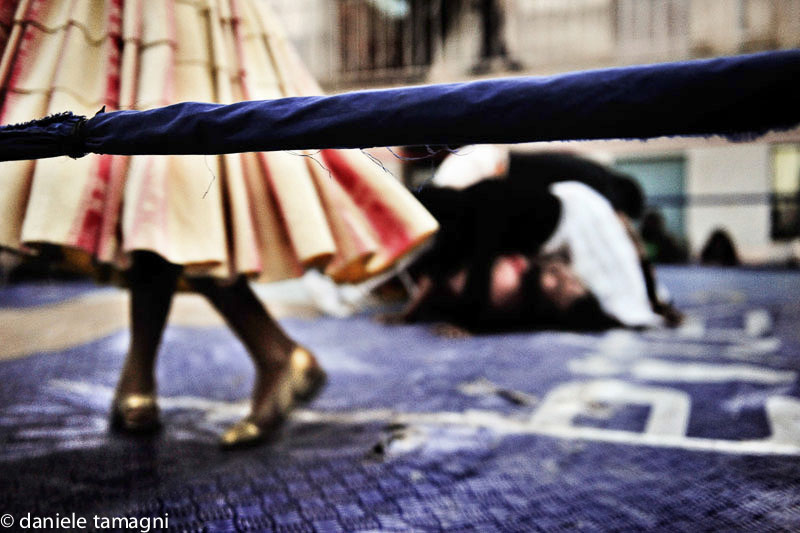
By taking something tarnished and making it unique to them, Cholitas have given themselves a sense of empowerment and have always worn their traditional outfits with dignity and pride, despite the political hardships they have faced in Bolivia for so long.
So in a way, the Cholitas’ unrelenting sense of style combined with their fighting spirit have always deserved a place in the ring.




